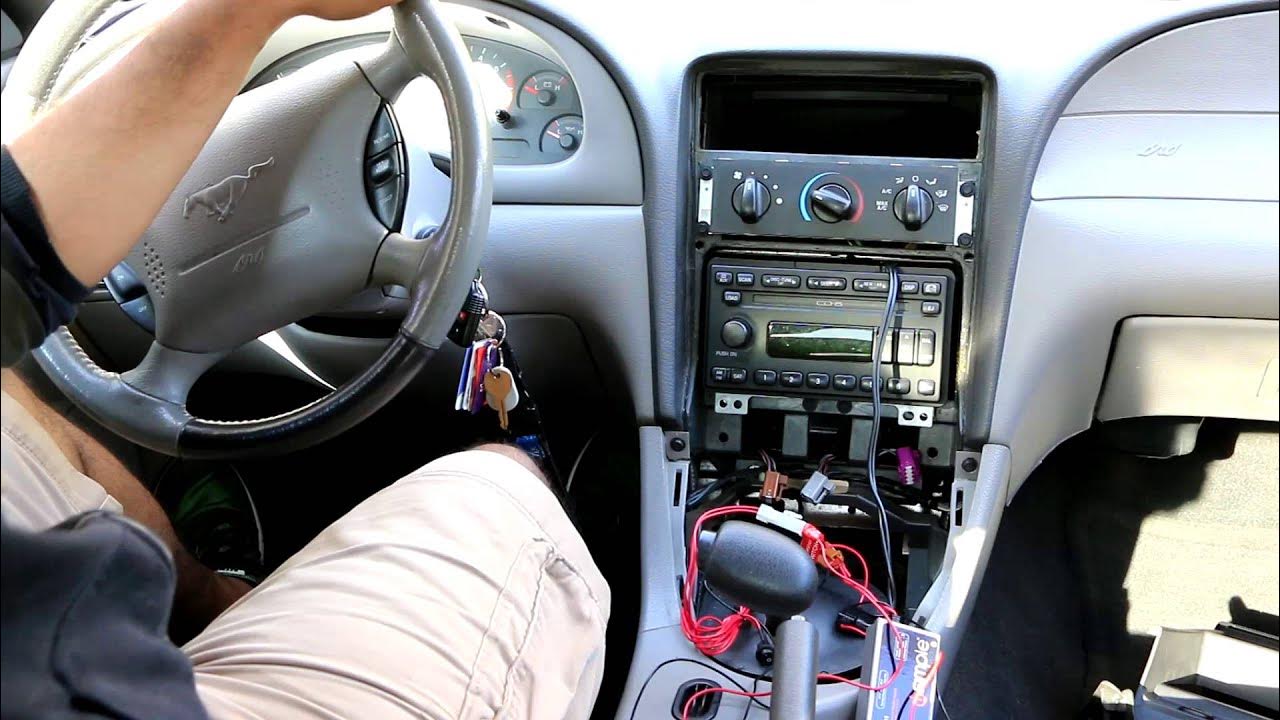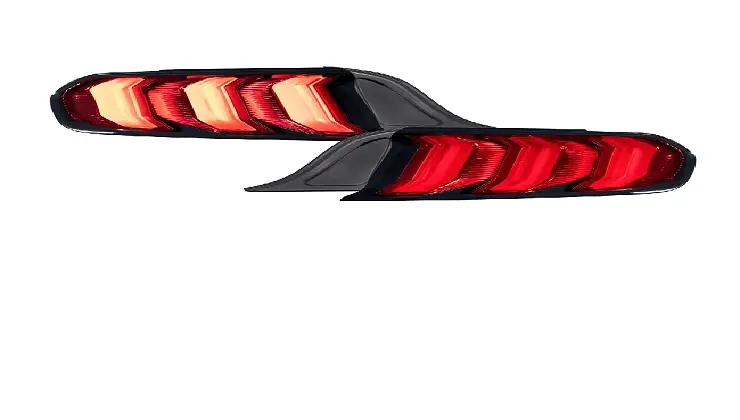In the world of automotive suspension systems, engineers and enthusiasts are always seeking the best combination of performance, handling, and comfort. Two popular options that often come up in discussions are 3 Link vs Torque Arm suspension. Both systems have their unique characteristics and advantages, but understanding their differences and how they affect the overall dynamics of a vehicle is crucial when it comes to making an informed decision.
In this article, we will explore the key features of link and torque arm suspensions, compare their performance aspects, and provide insights into their applications and considerations for choosing between them.
Contents
What is a 3 Link Suspension System?
The 3 link suspension system is a type of rear suspension commonly found in high-performance vehicles. It utilizes three suspension links to control the movement of the rear axle. The main components of a 3 link suspension include two lower trailing arms and an upper control arm. These links work together to provide stability, control, and precise handling characteristics.
Key Features of a 3 link Suspension System
The link suspension system is a widely used configuration in automotive applications. Let’s explore its key features:
Enhanced Traction: The 3 link design allows for improved traction by minimizing rear axle movement during acceleration. This feature is particularly beneficial for high-powered vehicles, as it helps to deliver power to the ground more efficiently.
Adjustable Geometry: One of the major advantages of a 3 link suspension system is its adjustability. By altering the length and angles of the suspension links, it is possible to fine-tune the suspension setup to suit specific driving conditions or personal preferences.
Increased Articulation: The 3 link setup facilitates increased axle articulation, allowing the wheels to maintain contact with the ground over uneven surfaces. This feature enhances off-road capabilities and overall ride quality, especially in off-road vehicles or those used for recreational purposes.
Precise Handling: With its well-engineered geometry, the 3 link suspension system offers excellent handling characteristics. It provides predictable and responsive control during cornering and minimizes body roll, resulting in improved stability and driver confidence.
Pros and Cons of 3 link Suspension System
Before making a decision, it’s essential to weigh the advantages and disadvantages of the 3 link suspension system.
Pros
- Enhanced traction and power delivery
- Adjustable suspension geometry
- Increased articulation and off-road capabilities
- Precise handling and stability
Cons
- Moderate space requirements
- Relatively higher installation complexity
- Higher cost compared to simpler suspension setups
- Requires proper tuning for optimal performance
What is a Torque Arm Suspension System?
The torque arm suspension system is another widely used rear suspension configuration. It consists of a single control arm (torque arm) that connects the rear axle to the vehicle’s chassis. This design relies on the interaction between the torque arm, a panhard bar, and a track bar to control axle movement.
Key Features of a Torque Arm Suspension System
While the link suspension system boasts its own set of advantages, the torque arm suspension system offers a different approach to achieving optimal vehicle dynamics. Here are its key features:
Improved Traction and Anti-Squat: The torque arm design is particularly effective in improving traction during acceleration. It minimizes rear axle movement, reducing squatting and enhancing power delivery to the ground. This feature is especially valuable for drag racing or high-performance applications.
Space Efficiency: Compared to the 3 link suspension, the torque arm system offers a more compact design. It requires less space in the vehicle’s underbody, making it an ideal choice for vehicles with limited clearance, such as low-slung sports cars.
Simplified Setup: The torque arm suspension system typically involves fewer components and linkages compared to the 3 link system. This simplicity can simplify installation, maintenance, and potential adjustments, making it a preferred choice for enthusiasts seeking a straightforward solution.
Predictable Handling: The torque arm suspension provides a predictable and stable platform for handling. It minimizes body roll during cornering, ensuring better weight transfer and improved grip, resulting in enhanced overall stability.
Pros and Cons of Torque Arm Suspension System
To make an informed choice, let’s also evaluate the advantages and disadvantages of the torque arm suspension system.
Pros
- Simplicity in design and installation
- Reduced axle wrap for enhanced power transfer
- Cost-effective compared to more complex setups
- Well-suited for high-horsepower vehicles
Cons
- Moderate to low articulation capabilities
- Limited adjustability compared to more complex systems
- Potential compromises on handling characteristics
- Less effective in extreme off-road scenarios
3 Link vs Torque Arm Suspension: A Comparison Table
To better understand the differences between link and torque arm suspensions, let’s compare their key features side by side:
| Features | 3 Link Suspension | Torque Arm Suspension |
| Independent Movement | Yes | Partial |
| Articulation | High | Limited |
| Adjustability | High | Limited |
| Maintenance | More complex, higher maintenance | Simplified, lower maintenance |
| Space Occupation | More space required | Space-efficient |
| Off-Road Performance | Excellent | Adequate |
| Reliability | Dependable | Reliable |
| Cost | Costlier to manufacture and install | Cost-effective |
Which Suspension System is Best for You?
Deciding on the best suspension system for your vehicle depends on various factors, including your driving style, intended use, and personal preferences. If you prioritize precise handling, adjustable geometry, and enhanced off-road capabilities, the 3-link suspension system is the ideal choice. On the other hand, if improved traction, anti-squat characteristics, and space efficiency are your priorities, the torque arm suspension system is the recommended option. Consider your specific needs and consult with a suspension specialist to determine the perfect fit for your vehicle.
Frequently Asked Questions (FAQs)
Q: Which suspension setup is more suitable for drag racing?
A: For drag racing applications, the torque arm suspension is often preferred due to its simplicity and reduced axle wrap, allowing for better power transfer.
Q: Can I install a 3-link suspension on my daily driver?
A: Yes, you can install a 3-link suspension on your daily driver. However, keep in mind that it might require additional tuning and maintenance compared to simpler suspension systems.
Q: Are these suspension systems compatible with all vehicle types?
A: Both 3-link and torque arm suspensions can be adapted to fit various vehicle types, but specific modifications and adjustments may be necessary.
Q: Are there any legal restrictions on using these suspension systems?
A: It’s essential to check your local regulations and laws regarding suspension modifications before making any changes to your vehicle.
Q: Do these suspension systems require regular maintenance?
A: Yes, regular maintenance is crucial to ensure the longevity and performance of any suspension system. It includes inspections, lubrication, and checking for any signs of wear or damage.
Conclusion
Choosing the right suspension system can significantly impact your vehicle’s performance and driving experience. The 3-link suspension offers enhanced traction, adjustable geometry, and increased articulation, making it ideal for enthusiasts seeking precise handling and off-road capabilities. On the other hand, the torque arm suspension system excels in improved traction, space efficiency, and simplified setup, making it a preferred choice for drag racing or vehicles with limited clearance. Assess your priorities, consult with experts, and make an informed decision based on your specific needs. Upgrade your suspension to elevate your driving pleasure!




